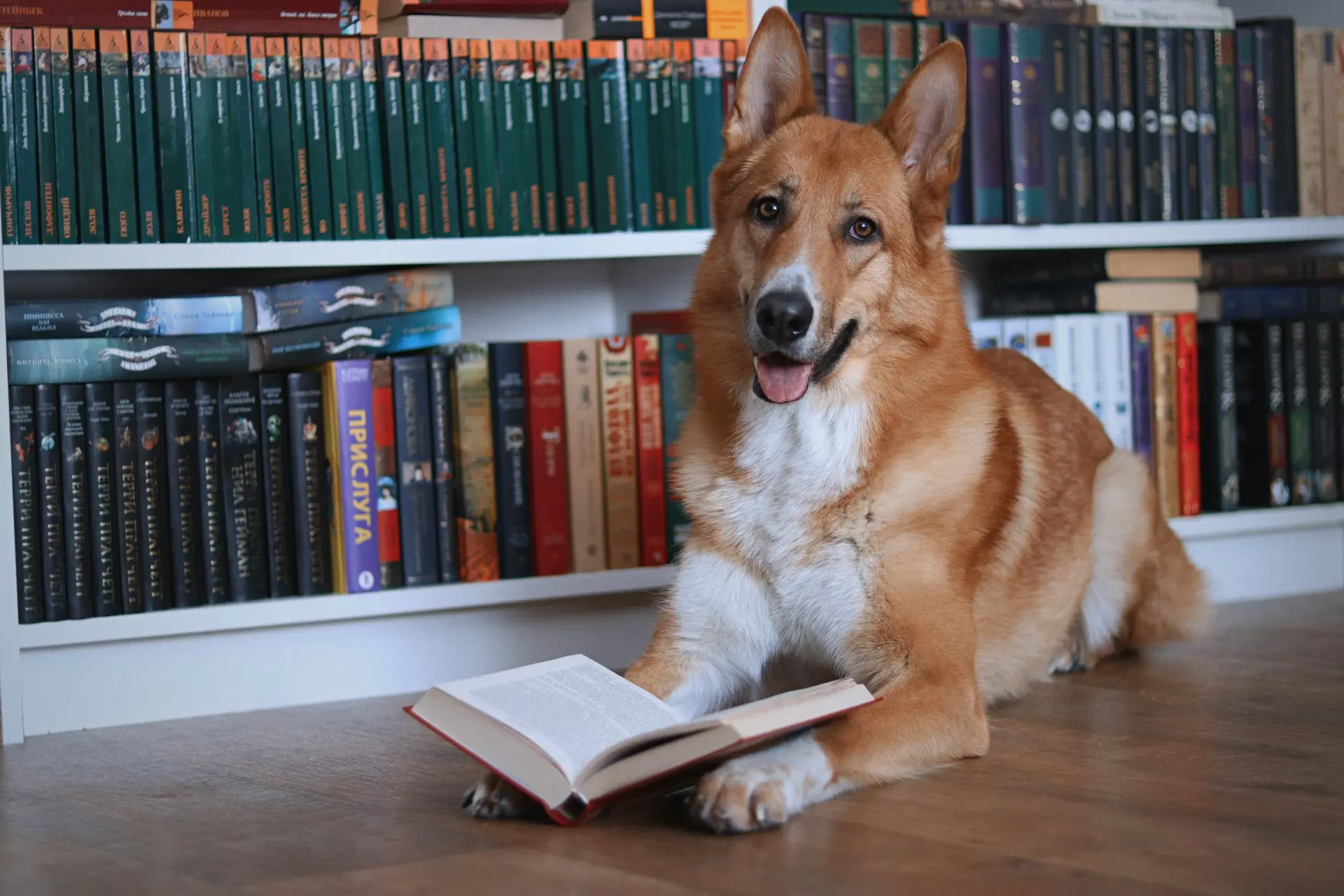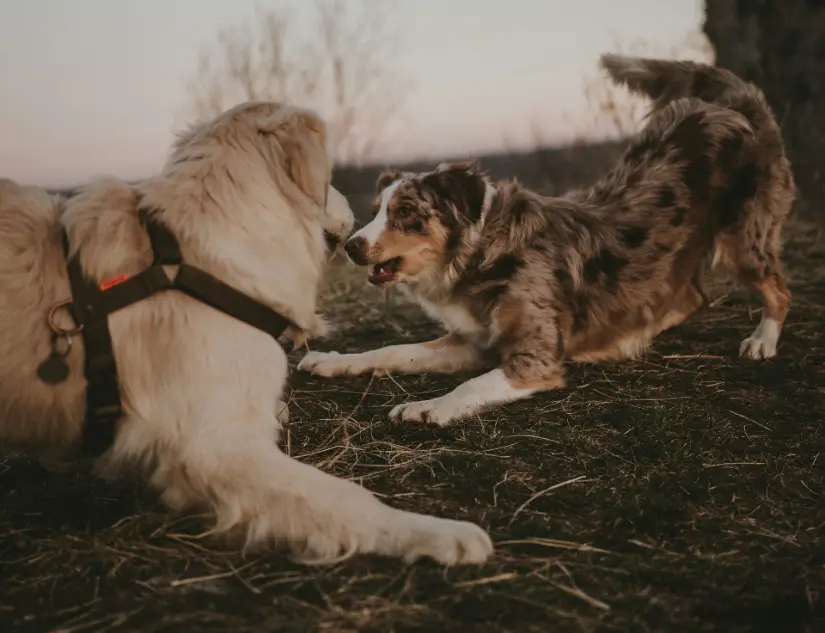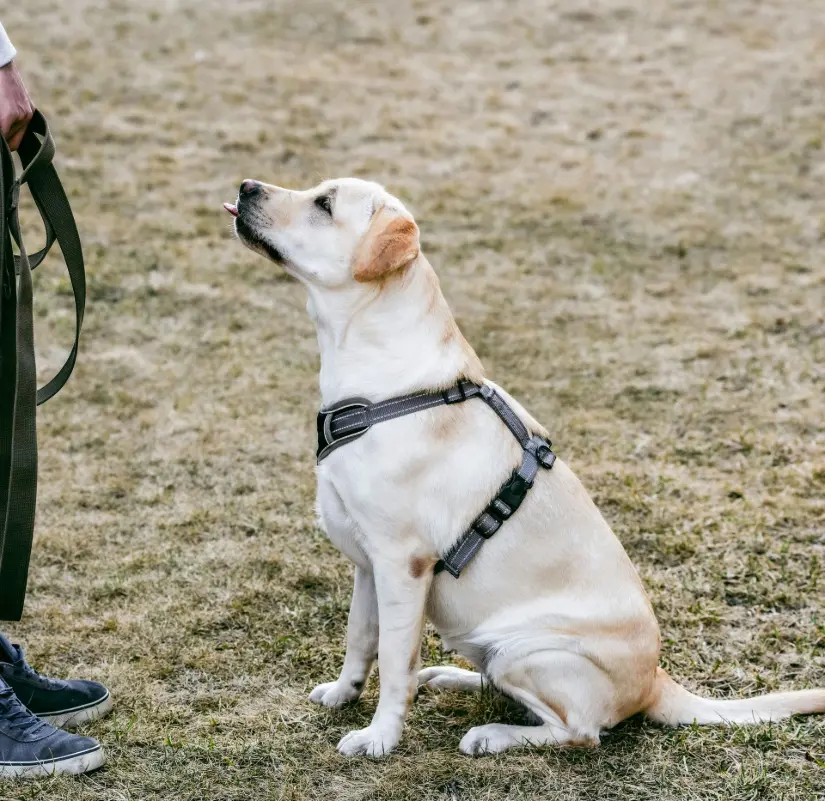How Dogs Learn

Dogs do what works. Every action serves a purpose, whether that’s getting attention, securing food, or avoiding discomfort. Trainers use the ABC model to explain this:
Antecedent: What happens before the behavior (environment, your cues, triggers).
Behavior: What the dog does in response.
Consequence: What happens after (reward, attention, or no payoff).
When a dog repeats an unwanted behavior, it’s usually because it’s being reinforced — sometimes without us realizing it. For example, pushing a dog away when it jumps may actually reward it with the attention it wanted.
Key takeaway: To change behavior, you adjust the setup (antecedent), teach an alternative behavior, and reinforce that new choice consistently.
How Dogs Communicate

Dogs speak to us every moment through body language — posture, facial expression, tail movement, even subtle signals.
Look at the whole dog: Watch the head, body, and tail together for the full picture.
Consider the context: Lip licking can mean stress near a stranger, or excitement when food is present.
Decide your next step:
Relaxed → continue rewarding calm.
Excited/tense → decide if they can still focus or need a break.
Early stress signals → step in before it escalates.
Warning signals → immediately create distance and safety.
Key takeaway: Learning to “speak dog” helps prevent problems, keeps everyone safe, and builds trust.
How We Communicate With Dogs

Once we understand how dogs learn and communicate, we can teach them effectively. Communication should be clear, consistent, and focused on what we want, not what we don’t want.
Two ways to teach a behavior:
Capturing: Wait for the dog to offer the behavior, then mark (“yes!” or click) and reward.
Luring: Use a treat like a magnet to guide them into the position, then mark and reward.
Adding a cue:
Once the dog consistently performs the behavior, attach a cue (word or hand signal). Use it just before the dog offers the behavior so they learn the connection.
Example Training Flow:
Wait for / lure the behavior.
Mark it (“yes” or click).
Reward.
Add the cue once the behavior is reliable.
Key takeaway: By keeping our signals simple and rewarding success, we build a shared language with our dogs that makes training clear and fun.
Dogs thrive when we work with how they learn and communicate — not against it. With systems, structure, and positive reinforcement, we can turn confusion into confidence.